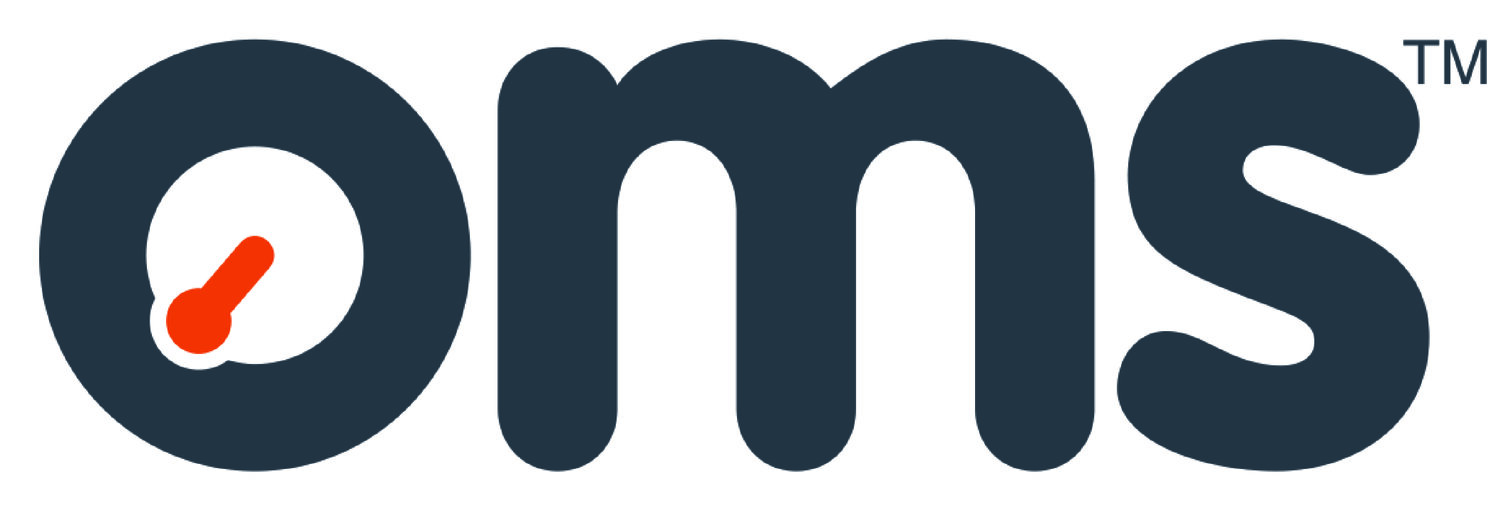Uncertainty - what is it and why does it matter?
Measurement
The purpose of measurement is to provide information on a quantity – for example, the volume of a tank, the concentration of chlorine in water or the length of a piece of string. At OMS we measure the dimensions of various pipes for oil and gas industry clients, who need to have information on a pipe’s diameter, length, wall thickness and more to enable safe and effective business operations. You can read our overview of pipe dimensions here.
What is uncertainty?
In metrology (the scientific study of measurement), uncertainty is “the expression of the statistical dispersion of the values attributed to a measured quantity” – or more simply, the level of doubt we have about any measurement. No measurement is exact – all are subject to uncertainty. Understanding the level of uncertainty tells us how reliable a measurement is and no measurement is complete unless accompanied by a statement of the associated uncertainty.
Heisenberg's Uncertainty Principle
At a sub-atomic level uncertainty is bounded by Heisenberg’s uncertainty principle, which states that the position and velocity of an object cannot both be measured exactly at the same time, even in theory. In practical terms it means that no accurate, repeatable measurement is possible. Even if you measure something at the same time, with the same method, in the same circumstances a different value is likely to be recorded on each occasion. However, in applications such as pipe measurement, uncertainty is more noticeably affected by practical considerations such as temperature, pressure and human error.
Why does uncertainty matter?
Uncertainty affects all measurements. For critical measurements uncertainty can mean the difference between a pass or fail decision. Industry depends on accurate measuring for safety and for effective business operations – these measurements cannot be relied on if the uncertainty is unknown or miscalculated. In the oil and gas industry in particular miscalculated measurements can cause catastrophic failures resulting in environmental harm, financial cost, damage to reputation and even loss of life.
What causes uncertainty?
Uncertainty is affected by several factors, which must be taken into consideration when specifying a project. Things to take into account include:
The measuring tool – is it in good working order? Is it easy to read? Is it correctly calibrated?
The measuring procedure – is it awkward or difficult to carry out?
Operator skill – is the operator sufficiently trained? Does he or she have the correct level of skill, or good enough eyesight? Are their reaction times quick enough?
Environment – how is the measurement affected by temperature? By humidity? By pressure?
Imported uncertainty – has the tool been calibrated according to traceable accredited standards? All tools carry their own level of uncertainty and this must be taken account of in the final calculation.
Uncertainty in tools
Uncertainty in tools is not well understood and poorly documented. Manufacturers’ own systems for measuring uncertainty lack rigour. They may use inconsistent language that confuses or conflates uncertainty with accuracy and/or tolerance and their assurances should not be relied on. Tools should be properly calibrated to traceable, nationally or internationally accredited standards, and provided with a calibration certificate. If the calibration certificate provides the size and effect of the error this can be accounted for in measurement results.
How to handle uncertainty in your project
Before your project begins you should have a thorough understanding of uncertainty and the difference between it and error, accuracy and tolerance. In the design stages ensure that your specifications take uncertainty into account and make a decision on acceptable uncertainty. At OMS we generally work to an uncertainty of U95. Check that tools are calibrated to accredited standards, that operators are sufficiently skilled and that environmental conditions have been accounted for. Finally, if you don’t know the uncertainty – don’t measure!
OMS offers a range of measurement tools and services, all of which are fully calibrated and traceable to recognised standards. To find out more about these click here.
Find this article useful? Sign up for more here!
Posted 10.03.2020
[5 minute read]
